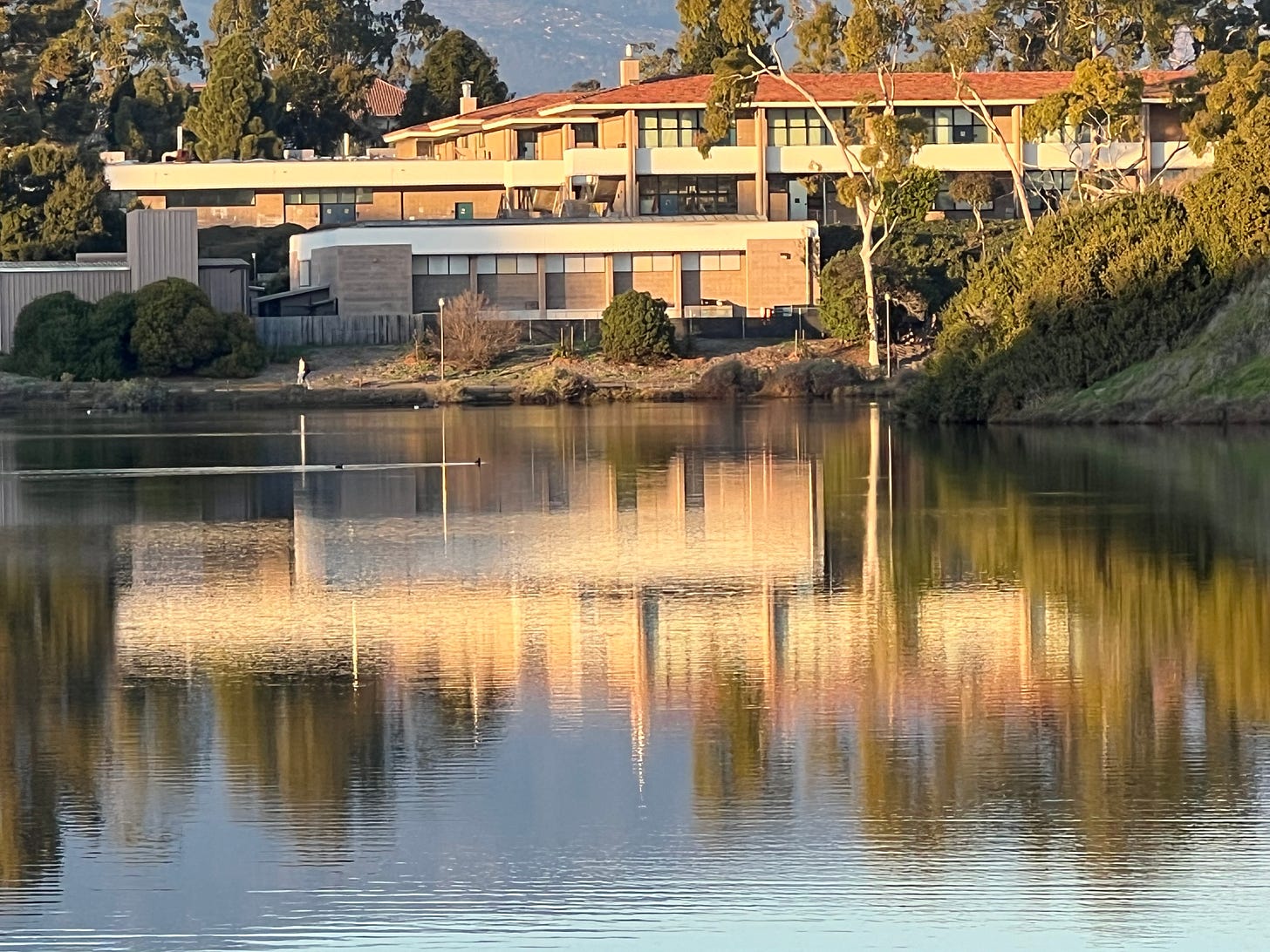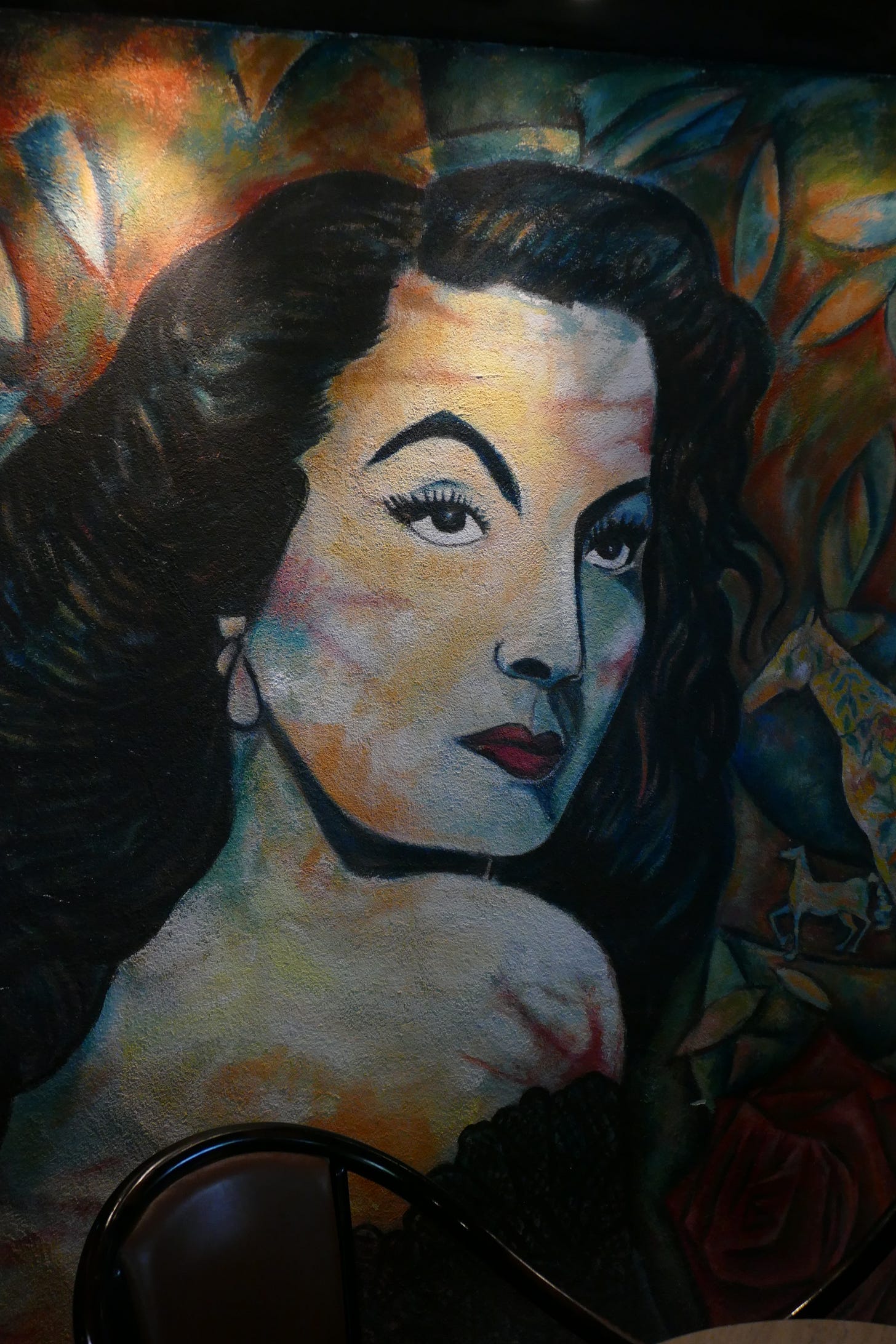Love Letter to My Life #67: My new writer's screwdriver
The absolute joy of finding new tools (+Clarion)
On this, my monthly death day, when I write a love letter to my life and acknowledge its ever-changing beauty and eventual end, I’ve decided to indulge myself in two ways … by recommending a post that struck a clarion tone with me (and making it a growing list by adding to it each month) and posting a piece of my digital art with it’s origin story and a lesson if one happens to come.
January is off to an amazing start as I step into an intended adventure (see more here) and begin one of my favorite pastimes … doing non-academic research to see what’s already been said and done about whatever holds my curiosity for the moment.
I want to express my intense gratitude for the internet in general and Google and Wikipedia, and now ChatGPT in particular. I can’t imagine life as a writer without those ever-patient sources of information. However, I did spend a ridiculous amount of time checking out 21 recommended search engines … results here and the bottomline is: for important searches, it takes more than one. (Plus, a friend, who has been on the research trail, recommended Google Scholar which is now on my short list of very useful search engines.)
Zotero: My other new, how-did-I-live-without-it tool is Zotero. When I first discovered it, I thought it was just a bibliography builder: nice, but not critical for a non-academic writer. Now it seems to be rearranging my workflow, which used to be Evernote to Scrivener and is now becoming Zotero to Scrivener. With the press of an installed toolbar icon, Zotero adds a url (or file or whatever) to an alphabetized list. There’s a slight learning curve but with some help from the ubiquitous YouTube training videos, it was short and painless. Once you click a document into your citation list, you can use the notes function for collecting quotes, ideas, and relevant data. The software looks old-fashioned and I’m having to design my own reference system to take relevant pieces into Scrivener, however, I’m definitely a Zotero fan.
What’s your favorite writing tools?
Art Story: Maria Féliz’s Star
In a hotel bar in Ajijic, MX, there is a wall mural of María Féliz, who was a huge star in Mexican movies. It is said that she never accepted a role in Hollywood because she couldn’t speak English. In a flight-of-imagination moment, I thought about what might have happened if she had accepted any of the offers she received. What might that mural have looked like if she had accepted that challenge. She might have captured the hearts of the US and earned her own Hollywood star. What if her granddaughter commissioned a portrait from an artist named Julia who creates the painting below and then sticks a fanciful note on it before delivering it.
The note reads: Carmen, if only your abuela had learned English — she would have been a smash in Hollywood. Giving her a star was fun. Julia.
Here’s the final image lined with thumbnails of some of her movie posters and an earring representing her might-have-been Hollywood star.
Lesson: While we will never know what might have happened if she had gone to Hollywood, I understand all too well the fear that comes with not being able to speak the local language. For my “school was always easy” self, it has been a shock to study Spanish so much and have it still be so far out of reach.
Making a decision about whether or not to accept a daunting challenge with a high possibility of failure when you’re already standing on a mountain of stardom must have been extremely difficult.
January: Clarion post comes from SAFAR FIERTZE
“As long as you give back enough, you will have plenty of production.”
This post set off a longing for a place I first heard of in grade school. Later, I dismissed it as a tourist thing, but Safar revealed the timelessness of this part of Mexico and its permaculture lesson for us right now. I’m trying to figure out where the floating gardens fit into my travel plans for this year. Thank you,
.Permaculture instructor Andrew Millison journeys to the legendary chinampas of Mexico City, known as the Floating Gardens of Xochimilco. We visit Lucio Usobiaga, who heads up the Arca Tierra project, which is restoring the health and viability of the chinampas while introducing contemporary concepts like Syntropic Agriculture, Agroforestry, and Permaculture. The chinampas are the last vestiges of the ancient agricultural system of the Aztec and pre-Aztec civilizations. This video examines the situation, and explores what can be learned from them.







My favorite tool is simply MS Word. I use an older version because I don't need all the new bells and whistles, just the basics. The reason I'm so (enthralled?) is that I used to use a typewriter and hated the idea of making corrections because sometimes it involved redoing an entire page. When computers came along, and word processors, I was ecstatic.
Maybe I'll check out Zolero, could be useful.
I have Libre Office, which is a 'fork' or version of Apache Open Office. I have Zotero added into my Write app, but have not made use of is functions in that app yet. I do most of my writing directly into SubStack at present.